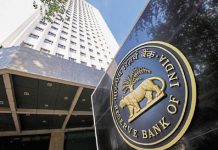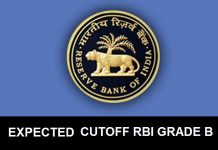What is capital Market? Its Structure and Constituents
Capital market deals with medium term and long term funds. It refers to all facilities and the institutional arrangements for borrowing and lending term funds (medium term and long term). The demand for long term funds comes from private business corporations, public corporations and the government. The supply of funds comes largely from individual and institutional investors, banks and special industrial financial institutions and Government
STRUCTURE I CONSTITUENTS I CLASSIFICATION OF CAPITAL MARKET :-
Capital market is classified in two ways
1) CAPITAL MARKET IN INDIA
| Gild – Edged
market |
Industrial Securities Market | Development Financial Institutions | Financial Intermediaries |
a)Gilt – Edged Market :- Gilt – Edged market refers to the market for government and semi-government securities, which carry fixed rates of interest. RBI plays an important role in this market.
b)Industrial Securities Market :- It deals with equities and debentures in which shares and debentures of existing companies are traded and shares and debentures of new companies are bought and sold.c)Development Financial Institutions :-
C) Development financial institutions were set up to meet the medium and long-term requirements of industry, trade and agriculture. These are IFCI, ICICI, IDBI, SIDBI, IRBI, UTI, LIC, GIC etc. All These institutions have been called Public Sector Financial Institutions.
D) Financial Intermediaries :-
Financial Intermediaries include merchant banks, Mutual Fund, Leasing companies etc. they help in mobilizing savings and supplying funds to capital market.
2)The Second way in which capital market is classified is as follows :-
CAPITAL MARKET IN INDIA
Primary market Secondary market
a)Primary Market :-
Primary market is the new issue market of shares, preference shares and debentures of non-government public limited companies and issue of public sector bonds.
b)Secondary Market
This refers to old or already issued securities. It is composed of industrial security market or stock exchange market and gilt-edged market.


















